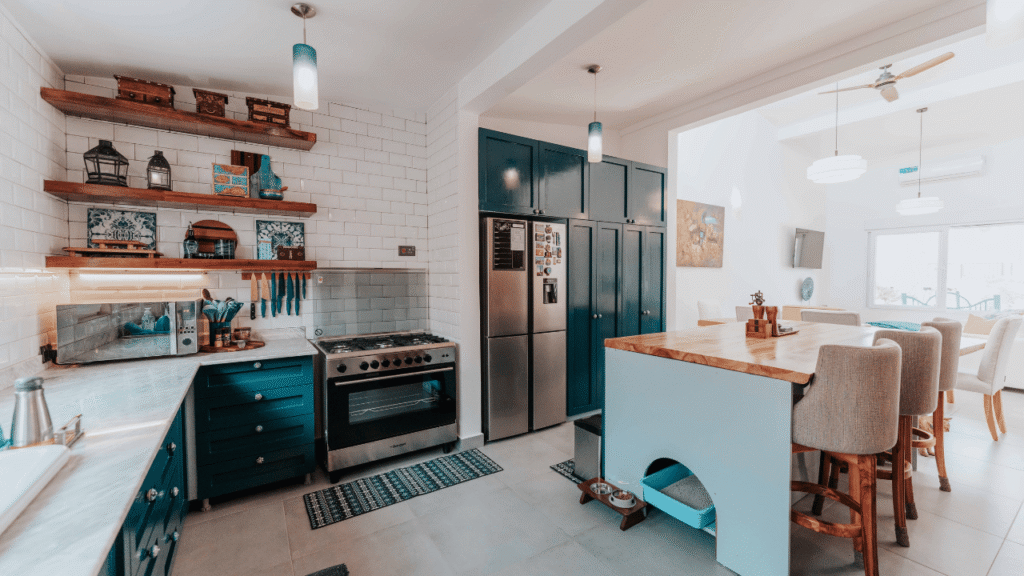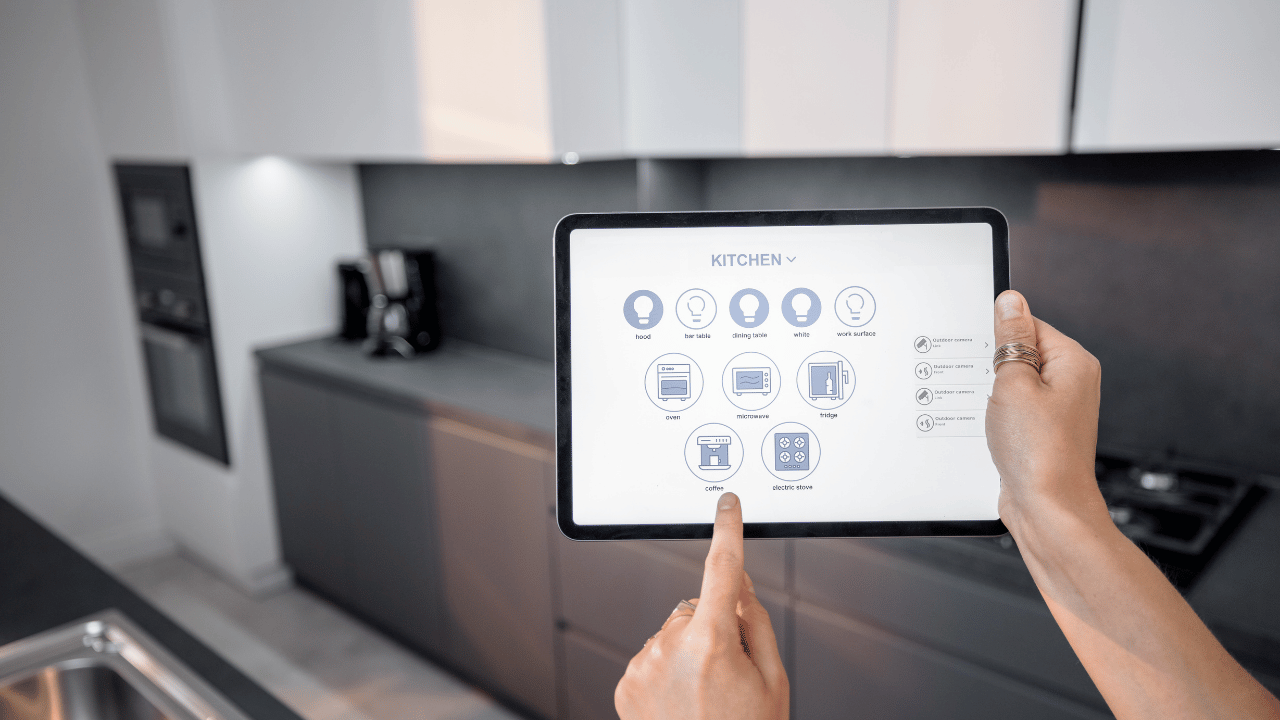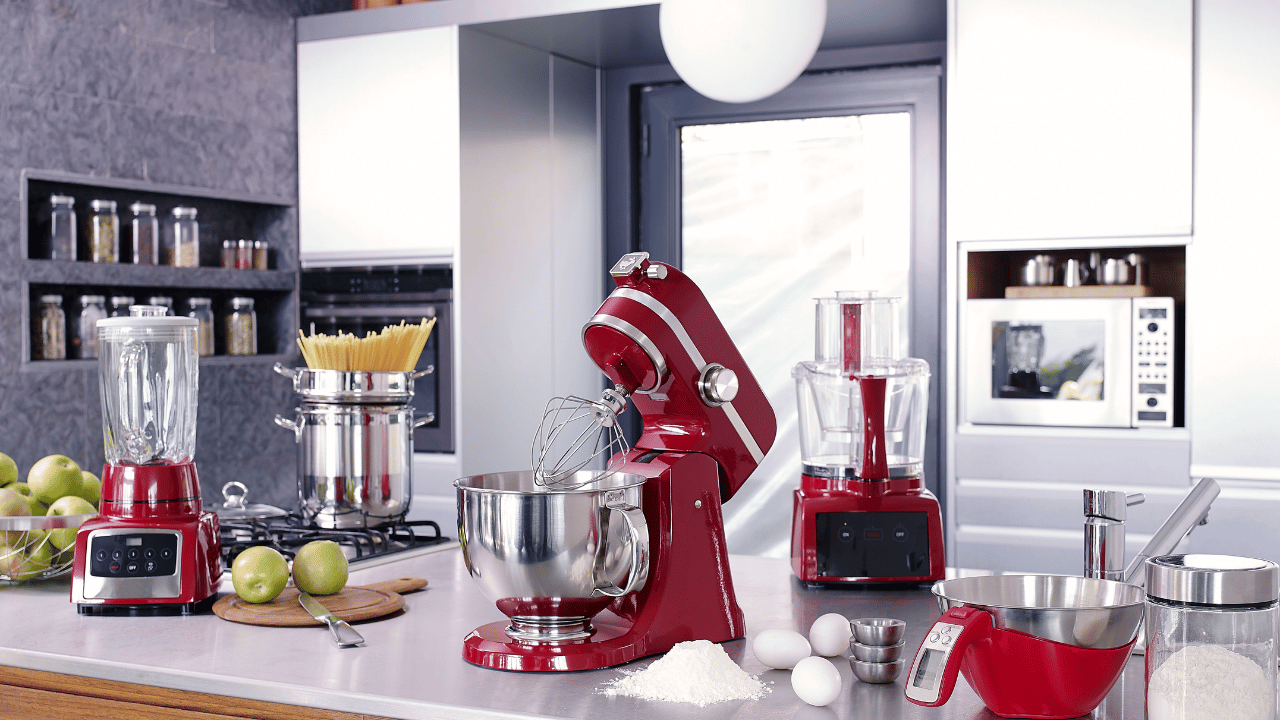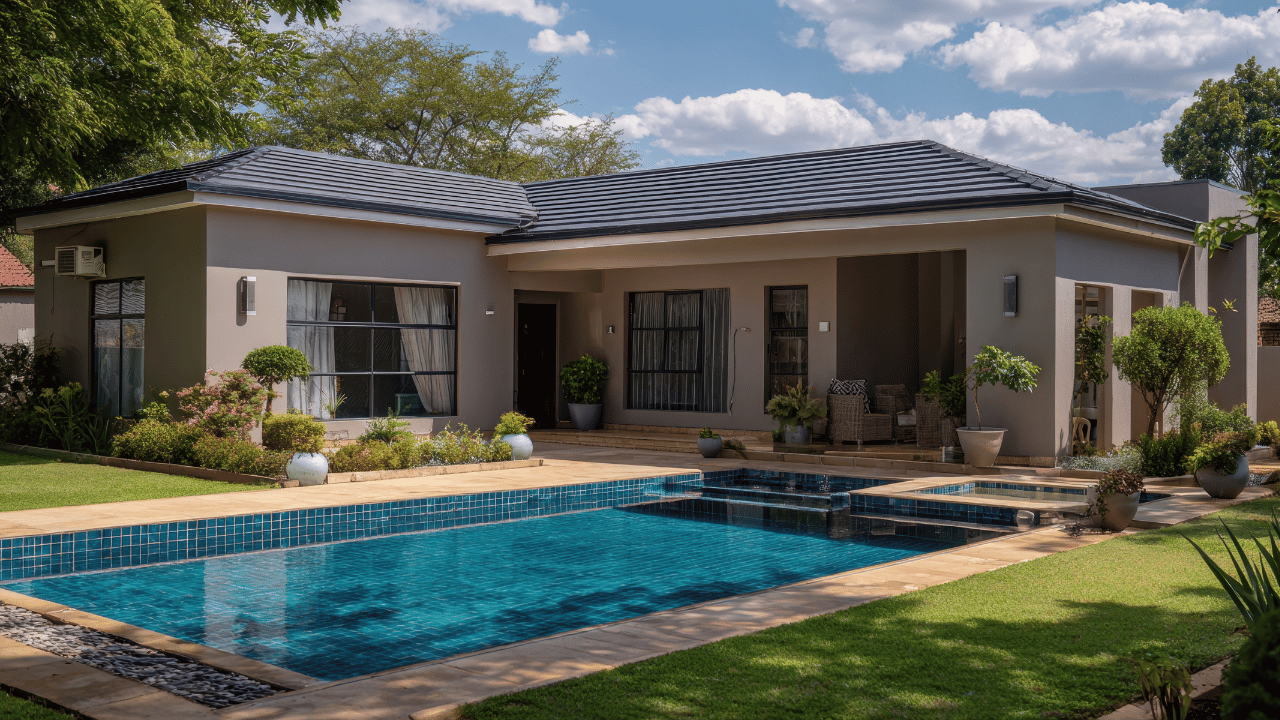Your kitchen sets the tone for the heart of your home. It is where family recipes come to life, morning routines begin, and late-night conversations unfold. But when you are planning a remodel, deciding on the right kitchen style can feel overwhelming. Do you lean modern or traditional? Rustic or minimal? The truth is, the best kitchen style reflects not only your home’s architecture but also how you live and what makes you feel comfortable. This guide will walk you through how to identify your personal kitchen style, blending aesthetics with function so you can design a space that feels both timeless and truly yours, by northeast kitchen remodel & design build.
Understanding What “Kitchen Style” Really Means
Before diving into colors, cabinetry, or hardware, it helps to define what “style” actually means in the context of a kitchen. A style is more than a visual theme; it’s an overall experience. It includes the materials, layout, textures, lighting, and how each element interacts with the rest of your home. The right style should reflect your daily habits and emotional connection to your space.
Think about how you use your kitchen on an ordinary day. Do you cook big family meals or rely on quick prep and cleanup? Are you drawn to symmetry and sleek finishes, or do you prefer a cozy, lived-in atmosphere? The clearer you are about your daily patterns, the easier it becomes to identify a style that supports your life rather than complicating it.
Look at the Bigger Picture of Your Home
Your kitchen should flow naturally with the rest of your house. If you live in a modern home with clean lines and minimalist furniture, a heavily traditional kitchen may feel out of place. Likewise, if your home leans toward classic architecture with detailed moldings and soft finishes, a super contemporary kitchen could look jarring.
Instead of trying to completely reinvent your home’s identity, find harmony between your existing design and your kitchen update. A balanced approach might involve choosing a neutral color palette that connects rooms visually or repeating materials like wood tones or hardware finishes for continuity. A remodel that feels integrated creates a sense of calm and cohesion throughout your living space. If you are researching design ideas, you can find helpful inspiration by browsing examples of affordable kitchen remodeling options near me.
Start with Inspiration, but Make It Personal
Collecting photos from design magazines, Pinterest, or online galleries is an excellent way to start recognizing patterns in what you love. Save images of kitchens that immediately catch your attention without overthinking why. Once you have gathered twenty or thirty, look for similarities. Do you gravitate toward white shaker cabinets, or does your heart lean toward natural wood and warm lighting? Are most of your saved photos open-concept designs, or do they show cozy enclosed kitchens?
This exercise helps you understand your subconscious preferences. You might discover that you consistently choose bright, airy kitchens with natural light, or that you prefer bold contrasts and black accents. When you can identify what visually excites you, it becomes much easier to communicate your vision to designers or contractors.
Match Functionality with Your Lifestyle
A kitchen’s beauty means little if it does not work well for you. Consider your household routines. If you cook often, prioritize durable materials, sufficient counter space, and practical layouts like U-shape or L-shape designs. If you entertain frequently, think about an island with seating or a bar area that encourages conversation while you cook.
Families with children might prefer easy-clean surfaces and plenty of hidden storage to reduce clutter. For smaller spaces, open shelving and reflective finishes can create a more spacious feeling. The ideal kitchen combines your personal aesthetic with the functionality that supports your day-to-day life.
Mix Timeless Elements with Trendy Touches
Trends come and go, but your kitchen should feel inviting for years. That’s why it’s smart to build your foundation around timeless choices like natural stone countertops, neutral cabinets, or hardwood flooring. Then, layer in character through lighting fixtures, bar stools, wall colors, or backsplashes.
This approach allows flexibility. You can swap smaller accents in a few years to refresh your kitchen without a complete overhaul. A warm metal finish or new pendant lights can instantly modernize the space while preserving your investment in core materials.
Choose a Color Palette That Reflects Mood
Color has a profound effect on how your kitchen feels. Soft whites and grays create a calming environment, while bold blues or deep greens make a strong statement. Earth tones bring warmth and natural comfort, especially when paired with wood textures.
If you’re uncertain, start with a neutral base and add color through decor, seating, or accent walls. This strategy makes it easier to update your kitchen’s look in the future without repainting cabinets or replacing major surfaces.
Let Lighting Define the Atmosphere
Lighting is one of the most underestimated aspects of kitchen design. It can change the way colors appear, highlight architectural details, and improve how you interact with the space. A well-designed kitchen typically includes three layers of lighting: ambient, task, and accent.
Ambient lighting sets the general tone, often through recessed or ceiling fixtures. Task lighting, like under-cabinet or pendant lights, focuses on work areas. Accent lighting adds drama and personality, emphasizing shelves, artwork, or textured walls. Combining these layers ensures your kitchen feels functional during the day and warm and inviting at night.
Don’t Forget Texture and Material Balance
Even a simple color palette can feel rich with the right mix of materials. Pairing glossy tiles with matte countertops or combining metal fixtures with natural wood brings depth and visual interest. Contrast in texture prevents a kitchen from feeling flat or monotonous.
When selecting materials, think about how they’ll age over time. A slightly distressed wood counter or brushed brass hardware can develop a patina that adds character, while high-gloss finishes may require more maintenance to stay pristine.
Create a Space That Grows with You
The most successful kitchen designs are those that evolve gracefully with your life. Whether your family expands, your cooking habits change, or your style preferences shift, a well-planned kitchen should be able to adapt. Focus on flexible storage, open counter space, and neutral foundations that allow easy updates later.
A beautiful kitchen isn’t just about how it looks in photos; it’s about how it feels to live in. When your kitchen reflects who you are and supports how you navigate your day, it becomes more than just a workspace. It becomes your home’s heartbeat.





